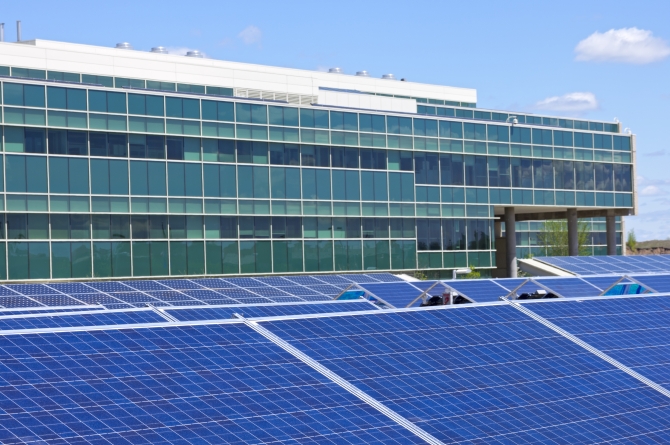LEED (Leadership in Energy & Environmental Design) is an environmentally friendly (green) certification programme that was developed by the US Green Building Council to recognise the best strategies and practices in different building classes.

In order to receive LEED certification, building projects must satisfy certain requirements, earning points as they achieve different levels of certification. Teams have the option of choosing the best fit for their project.
Rating systems that could apply to commercial property projects would include:
Each of the rating systems is made up of several credit categories. There are certain prerequisites projects must satisfy and a variety of credits that the projects can pursue to earn points. The number of points the project earns is used to determine its level of LEED certification.
The credit categories are as follows:
Location and Transportation: Credits are given to reward projects located within relatively dense areas that have access to several transportation options or on sites with development constraints.
Materials and Resources: These credits encourage builders to use sustainable building materials and to reduce waste. Better indoor air quality and access to daylight are promoted through the use of indoor environmental quality credits.
Sustainable Sites: Credits are given to encourage builders to use strategies that minimize the impact on water resources and ecosystems.
Water Efficiency: Credits are used to promote better choices when it comes to using water, both inside and outside the building.
Indoor Environmental Quality: Better air quality and more access to daylight is credited in a separate category.
Energy and Atmosphere: Builders are encouraged to promote better building energy performance through new strategies.
Innovation: These credits are given for sustainable building competence, as well as design measures which are not covered under the five LEED categories.
Certified: 40-49 Points
Silver: 50-59 Points
Gold 60-79 Points
Platinum 80+ Points
LEED is an internationally recognised mark of achievement in green building (although BREEAM is preferred in the UK). LEED-certified properties attract tenants more quickly and quality for tax rebates and zoning allowances. They also retain higher property values, while costing less to operate.